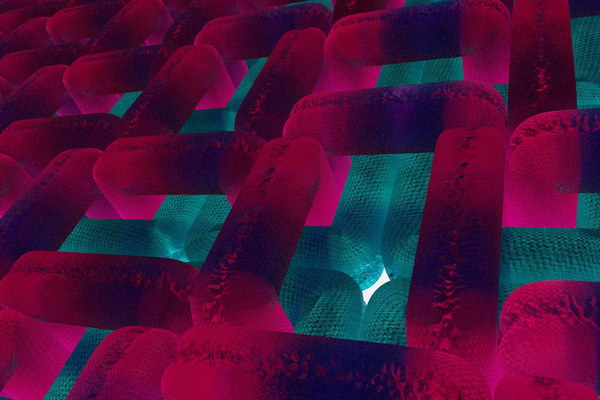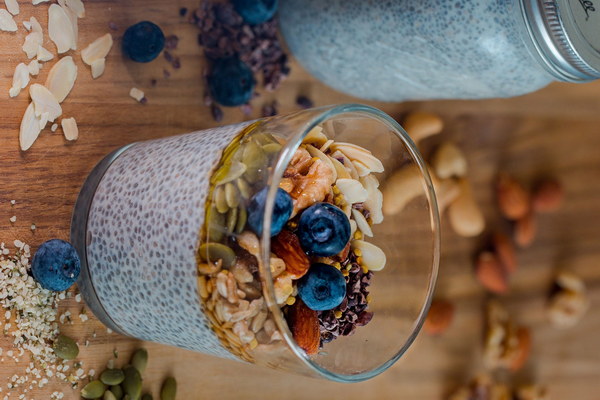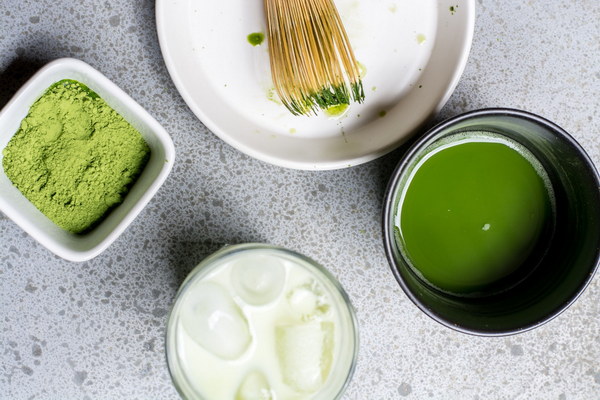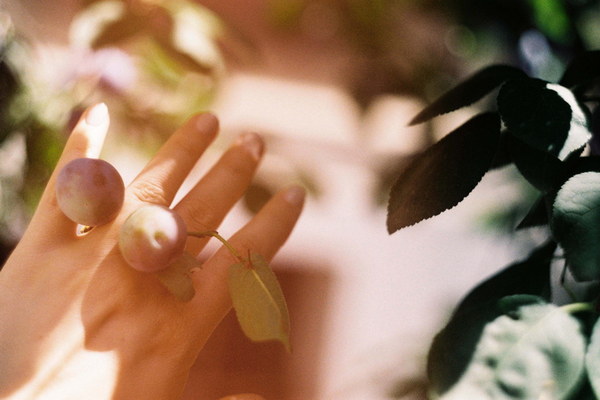The Healing Power of Chinese Medicine How Perspiration Therapy Balances Your Body
In the realm of traditional Chinese medicine (TCM), the concept of balancing the body's internal systems is paramount. One of the most fascinating and effective methods of achieving this balance is through the use of perspiration therapy, a practice that involves the use of Chinese herbs to induce sweating and promote healing. This article delves into the world of Chinese medicine, exploring how perspiration therapy can help you achieve a harmonious and healthy body.
The Art of Perspiration Therapy
Perspiration therapy, also known as fa han in Chinese, is a therapeutic approach that aims to release toxins, balance the body's energy (Qi), and promote healing. According to TCM, the body is made up of five elements (wood, fire, earth, metal, and water) that must be in harmony for optimal health. When these elements are out of balance, it can lead to various health issues.
The primary goal of perspiration therapy is to encourage the body to expel excess heat and toxins through sweating, which helps restore balance to the body's internal systems. This process is believed to boost the immune system, improve circulation, and enhance overall well-being.
Key Herbs in Perspiration Therapy
Several Chinese herbs are commonly used in perspiration therapy to induce sweating and promote healing. Some of the most popular include:
1. Ma Huang (Ephedra sinica): Known for its diaphoretic properties, Ma Huang helps to stimulate sweating and expel cold and dampness from the body.
2. Gan Cao (Licorice root): This herb is often combined with Ma Huang to mitigate the side effects of the latter, such as palpitations and nervousness.
3. Bai Zi Ren (Biota seed): Bai Zi Ren is used to treat colds and flu, as well as to promote sweating and reduce fever.
4. Chuan Xiong (Ligusticum chuanxiong): This herb is believed to improve blood circulation and alleviate pain, making it useful in treating conditions such as headache, menstrual cramps, and arthritis.
5. Fu Ling (Poria cocos): Known for its ability to drain dampness and resolve damp-heat, Fu Ling is often used in perspiration therapy to support the kidneys and urinary system.
How Perspiration Therapy Works
Perspiration therapy involves taking a herbal concoction or tea, which is designed to induce sweating. The therapy can be performed in several ways:
1. Internal therapy: Drinking a herbal tea or decoction that contains the aforementioned herbs can stimulate sweating from the inside out.
2. External therapy: Applying herbal poultices or compresses to the skin can also induce sweating and promote healing.

3. Combination therapy: A combination of both internal and external therapy may be used for more severe conditions.
Benefits of Perspiration Therapy
There are numerous benefits to incorporating perspiration therapy into your wellness routine, including:
1. Detoxification: Perspiration therapy helps to remove toxins and impurities from the body, leading to improved health and vitality.
2. Pain relief: The increased blood circulation and heat generated during sweating can alleviate pain and stiffness in the muscles and joints.
3. Immune system support: By expelling cold and dampness from the body, perspiration therapy can boost the immune system and help prevent illness.
4. Improved mood and energy levels: The release of endorphins during sweating can lead to an improved mood and increased energy levels.
Conclusion
Perspiration therapy is a powerful tool in the realm of traditional Chinese medicine, offering a natural and effective way to balance the body's internal systems and promote healing. By incorporating the right herbs and techniques, you can achieve a harmonious and healthy body, leaving you feeling rejuvenated and revitalized.









